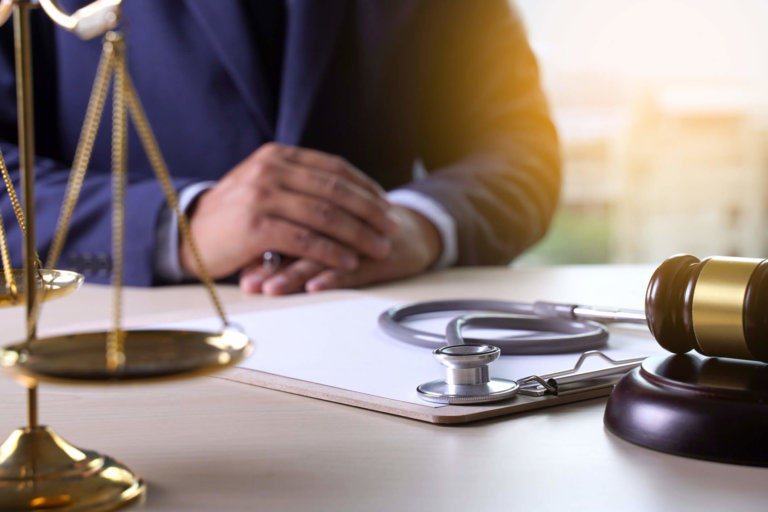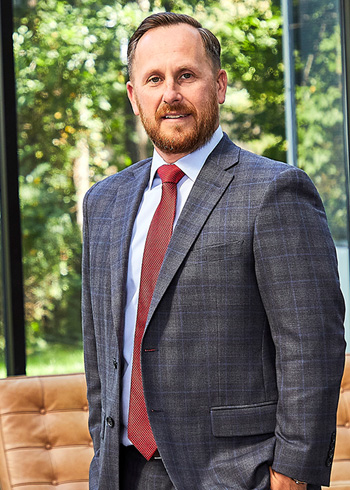When you or a loved one is injured or sick, you trust that your physicians, health care facilities, and other medical providers will care for you and help you get better. You do not expect a health care professional to act negligently or commit other wrongdoing that can lead to injury or death. Sadly, cases of medical malpractice in New Jersey cause traumatic injuries and deaths in patients who placed their trust in a medical provider.
If you believe your doctor committed malpractice, but you do not know what to do, our New Jersey medical malpractice attorney can help you take the steps necessary for proving a medical malpractice claim.
6 Crucial Steps in Every Medical Malpractice Claim
Step One: Investigation
The first step in proving a medical malpractice claim is to investigate the matter. An experienced medical malpractice lawyer is essential during this step. Your lawyer understands what is required to conduct a thorough investigation, such as copies of all medical records and expert medical opinions. Once you retain an attorney, steps two through six in the process of proving medical malpractice are taken care of by the attorney.
Step Two: Proving Doctor-Patient Relationship
An essential element in all medical malpractice cases is proving that you had a doctor-patient relationship with the health care provider. This step is usually simple and easily proven by obtaining copies of the documents you completed when you first met with the health care provider. Even though the doctor-patient relationship is rarely disputed, it is a required element because it establishes that the doctor owed you a duty of care to provide competent care.
Step Three: Proving Breach of Duty of Care
Medical negligence is typically defined as the failure to provide care consistent with the medical standard of care. Proving a breach of the duty of care requires a two-step process.
A medical expert must establish what the accepted medical standard of care would have been in your situation. The medical expert is a professional within the same field who can provide testimony explaining what a skilled and reasonably competent health care professional in the same field would have done under similar circumstances.
The second step involves the expert examining the medical records and the actions of the doctor to determine if the doctor failed to meet the accepted medical standard of care.
Step Four: Proving Injuries or Harm
The next step is linking the medical negligence to your injuries or the harm caused to you because of the negligence. All instances of medical negligence to not give rise to a medical malpractice claim. If you cannot prove that the medical negligence caused your injuries or the harm you suffered, it may be impossible to prove malpractice. Medical experts are also used during this step to explain how the medical error or negligence resulted in your injuries.
Step Five: Providing Evidence of Damages
You must also prove the injuries or harm sustained because of the medical negligence and malpractice caused damages. In most cases, damages include medical expenses and lost wages that you would not have sustained had it not been for the injury. Physical pain, emotional suffering, and permanent disability are also examples of damages in a medical malpractice claim.
Step Six: Proving Legal Elements for a Medical Malpractice Claim
The sixth step is taking all the evidence gathered and using it to prove each of the legal elements contained in steps two through five. Because of the technical nature and the complex laws related to medical malpractice, you need an experienced New Jersey medical malpractice attorney. A medical malpractice attorney can investigate, build a case, and present the evidence in a way that substantiates and proves by a large amount of the evidence that the doctor was negligent, and the negligence led to injuries and damages. Schedule a free consultation today.

